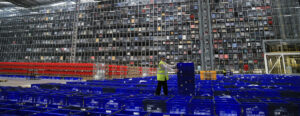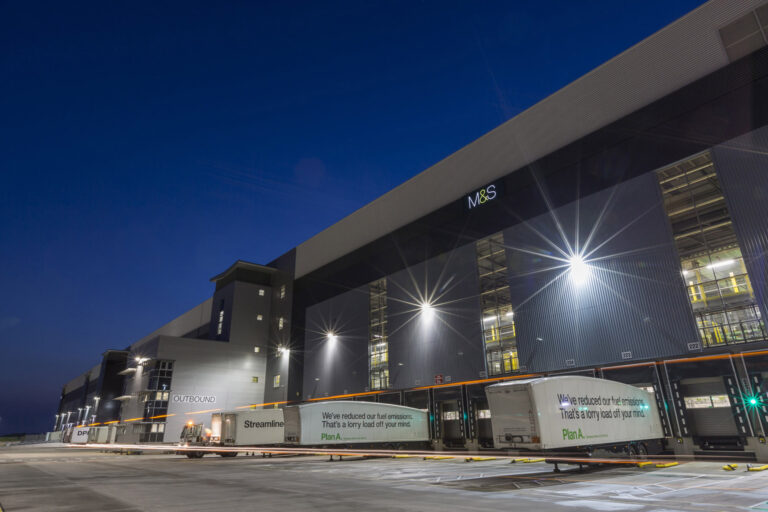For many in logistics and supply chain, especially in retail, the fundamentals of the Christmas peak are ingrained. The huge spike in activity in the build-up to Christmas rises gradually from September, only to fall away again in the New Year. Forecasts are built; budgets are developed and profits are made on this model of behaviour.
But, as we know, things are not ‘normal’ anymore. Customer behaviours have altered.
Consumers are concerned. They’re worried about their jobs; their futures; their ability to pay that large Christmas bill in January in a tier one, two or three lockdown economy. Therefore, one would assume, they are spreading out their Christmas spend across the final quarter of the year, to soften the blow and pay for what they can afford.
And consumers are also shifting spend online to avoid the localised curbs of coronavirus public health measures that affect their shopping experience, and to deliver gifts to friends and relatives that you would normally see face-to-face. Click now, deliver now, and you can still enjoy Christmas no matter what the coming months bring.
This year will see e-commerce dominate Christmas. Be it toys delivered to homes; bottles of wine to celebrate time with (six members of your) family and online shopping slots for the turkey.
While retail outside of FMCG can hold and distribute inventory accordingly throughout this Covid-Christmas, it is in the food (and to a less extent drink) sector that the peak will not just remain, but strengthen. Customers demanded online grocery retail during lockdown, and retailers responded by adding capacity they now need to fill to justify their investments.

Already we are seeing the impact of this on the supply chain. Marks & Spencer is increasing its online distribution workforce by 30% to meet predicted demand; expanding its click and collect service to more stores; and is further automating pick-and-pack functions to its Castle Donington facility… and that’s not to mention how it will leverage and market the Ocado capacity it now owns 50% of. This isn’t just home grocery delivery, this is M&S home grocery delivery…
Furthermore, the likes of Amazon and Tesco are offering free grocery deliveries to members of its subscription schemes, so the incentives to buy food and drink online have never been higher. And to deliver the volumes expected – Tesco alone is recruiting 11,000 temporary workers over Christmas.
So there will still be a Christmas peak, but it won’t look like one we’ve ever experienced before. The rise in e-commerce volumes this year seemed to stretch the industry and place it in a period we all call the new normal, but logistics and supply chain has spent 2020 readjusting its capacity. 2020 will close with e-commerce dominating Christmas peak sales for the first time in history.
Christopher Walton, Editor, Logistics Manager







